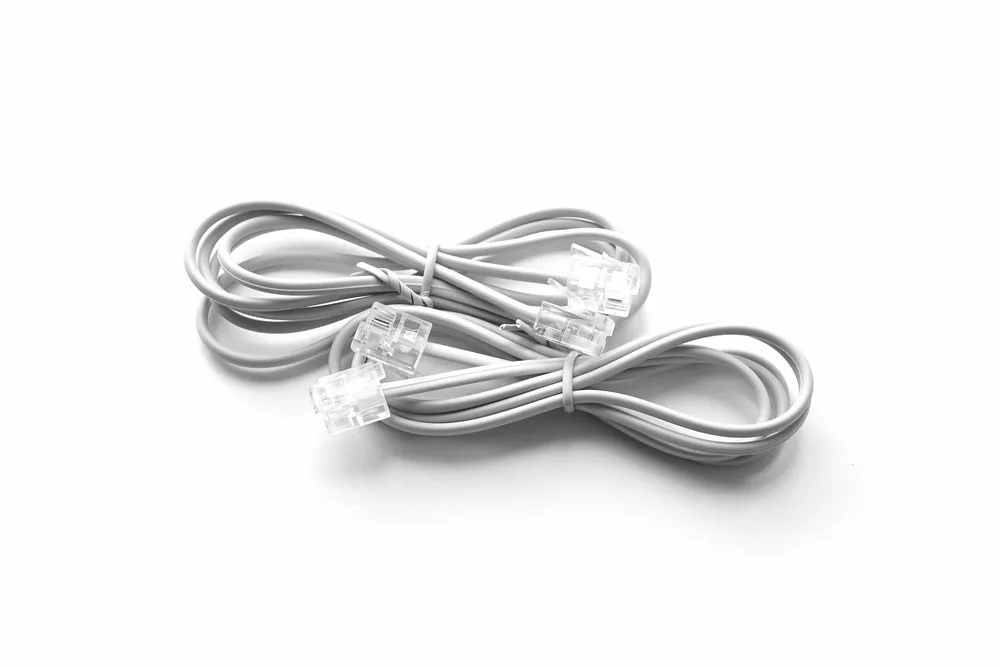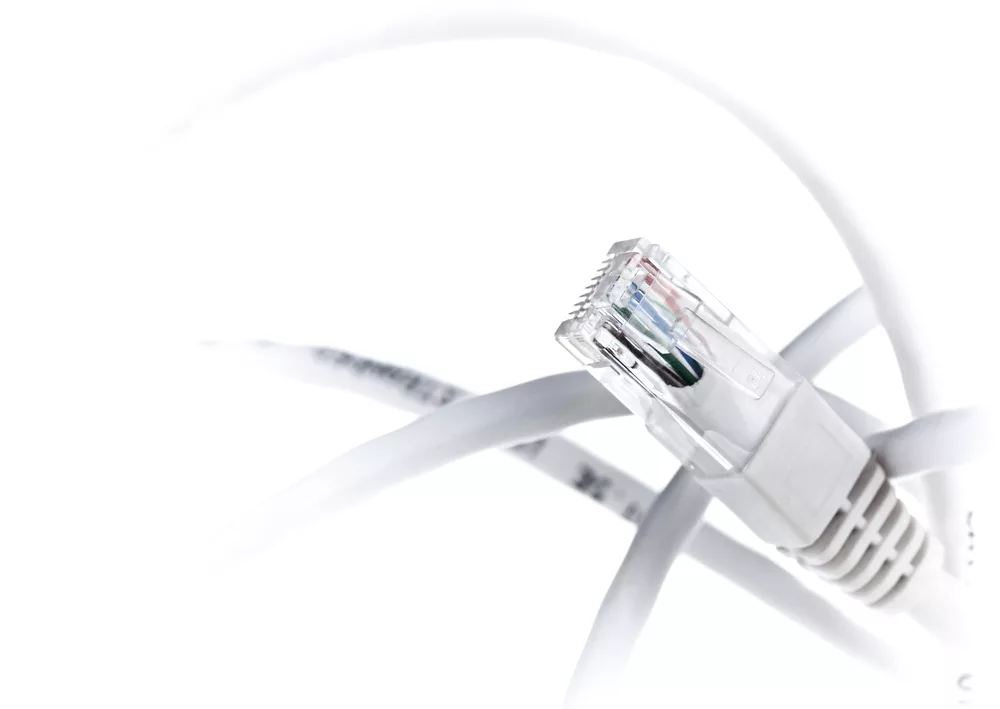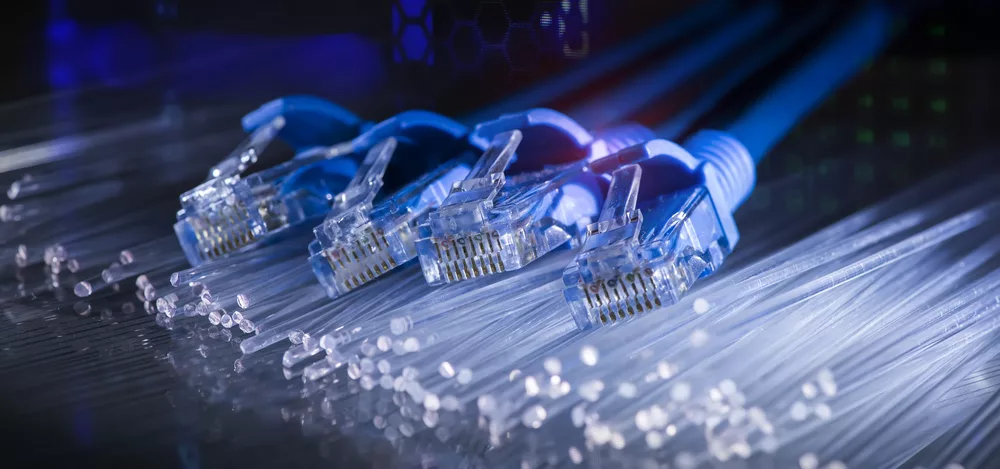About RJ-11 cable assembly. As you know, the early 1970s telecommunication industry revolutionized how people lived. The new modern technology of that time empowered everyone to adopt a new lifestyle and brought them together even though they lived hundreds of miles apart. With the advent of Telephones, people could communicate with each other seamlessly without needing to write long letters and wait for several days to get a response.
RJ, also known as Registered Jacks, played a crucial role in connecting telephones from each house/office to the service providers. Due to the importance of the RJ interface in the telecommunication industry, we’ll discuss RJ-11 & RJ-45. Moreover, we’ll also be going over how to assemble it.
Table of Contents
RJ 11 understanding
RJ, in simpler terms, or modem port, phone jack, or phone line having four or six-wire connections for modem and telephone connectors. Although it’s an earlier version of modular plug used for telephone and modem lines, it’s still widely used worldwide.
The number of positions and wires determine the standards of RJs, whereas RJ11, RJ45, RJ12, RJ14, and RJ25 are among the widely used jacks. In 1973, Bell systems developed RJ connectors to replace protective couplers. This new invention proved to be fruitful in terms of handling, comfortability, and manufacturing.
RJ11 is a 6P4C registered jack used in single-pair or multiple telephone systems. It consists of 6 wires divided into 3 pairs:
- Striped blue and white
- Orange and white
- Green and white
Each pair is responsible for carrying one telephone line, which means you can make 3 connections on a single line. Furthermore, the third pair (a combination of two wires) is considered an extra pair if the working pair fails. RJ11, when compared to other jacks, is smaller in size.
Applications of RJ11

Caption: RJ 11 cables for the telephone connection
You’ve learned the significance of an RJ11 plug and how it works by now. Let’s go over some of its applications with that out of the way.
RJ is best for two purposes. One is to connect the handset to the telephone, and the second is to connect the telephone to the wall socket. Furthermore, the RJ11 jack or socket is available in two forms on the telephone line; RJ11C & RJ11W.
- RJ11C: Table-top telephones use this technology to connect to the main line. These jacks are on the ends of the cord with the telephone line.
- RJ11W: Wall telephones use the RJ11W connectors. Moreover, it can also function as an RJ11C jack as well.
RJ11 Connector Pinout and color code
According to well-established standards, RJ11 has 6 positions with 4 wires and has a certain color code. Here, you will use third and fourth connections to connect with the telephone line. Furthermore, you can always use the remaining 2nd and 5th pin to connect one extra telephone line.
RJ11 VS RJ45
RJ11 and RJ45 have been common interface standards since the 1970s. The RJ11 connects telephones to the main line, whereas telecom and data networks use RJ45. Both have different standardization, with RJ11 having 6P4C and RJ45 having 8P8C configuration.
Similarly, both cable jacks have different color codes as well. However, both follow similar protocols when it comes to connectivity. The male connectors are the plugs at the end of the ethernet. In contrast, the female connectors are the sockets on the devices that establish the connection with the main line. In the following paragraphs, we will thoroughly discuss all the aspects of RJ11 and RJ45 to help you understand them better.

Caption: RJ-45 connectors
- RJ11: Earlier, manufacturers used it as a source of connection between the telephone and cable. However, RJ11 is for connecting the modems and is still common on landlines. As discussed, these jacks are 4 slot connectors with six jacks and, therefore, cannot fit into the RJ45 slot.
- RJ45: This jack has 8 pins and connects the Ethernet cable assemblies to a serial modem or a switch. You can use the RJ45 connectors in data communication and IP voice telephony.
Here are some of the aspects regarding both jacks in terms of their differences:
Shape and size
RJ11 is square in shape, tiny, and compact. It’s 6mm by 9.5mm, whereas RJ45 is rectangular in shape and length. RJ 45 also has to facilitate more wires as compared to RJ11. However, both are easy to manufacture and comfortable to use.
Standardization
Both register jacks have different standardizations. RJ11 has 6P4C (6 positions, 4 conductors), whereas RJ45 has 8P8C (8 positions, 8 conductors) configuration. When it comes to connectivity, both register jacks have different color codes and connections as well.
Wires
RJ11 has a total of 6 wires which are paired into 3 sets. One pair is reserved for the third telephone connection line. Else, it can also be for the third telephone connection line. Compared to RJ45, 8 wires are twisted into 4 pairs.
Positions
RJ11 has a total of 6 positions, whereas RJ45 has a total of 8 positions, as discussed thoroughly in the above sections.
Applications
You can find the RJ11 in phones, VDSL lines, and modem cables. For most of the parts, RJ11 is best for voice applications, whereas RJ45 is best in the domain of computer networking. Hence, you can commonly find ethernets or connecting cables/fiber modems.
RJ-11 cable assembly: Compatible cable
RJ11 connects with the telephone cable. However, the RJ45 connectors connect to Cat 5 and Cat 6 cables.
RJ-11 cable assembly: Interchangeable connector plug-in
As we stated above, you can use RJ45 for IP voice telephony. That means that you can use RJ45 connectors for devices suitable for RJ11. Also, RJ45 connectors are backward compatible and common on analog telephony devices. However, you cannot say the same for the opposite case. Connecting the RJ11 cable to the RJ45 port/slot/jack/interface is one of the common mistakes most people make. Doing this damages the RJ45 port, which might not work in the future.
RJ-11 cable assembly: Fiber Compatibility
RJ11 switches only possess two telephone lines. The RJ45 switch is compatible with the fiber cables. The RJ45 switch can have up to 20 ports and might even possess SFP+ ports on the other end to support fiber connections.
RJ-11 cable assembly: Bandwidth
RJ11 connects telephones to the main lines. Therefore, it supports about 24 Mbps of data up to 100+ Mbps. RJ45 connectors, on the other end, are in computer networks to support up to 10GBs of data.

Caption: RJ network cables with Fiber Optics
Conclusion
To sum up, it’s valid to say that both Registered Jacks play crucial roles in their respective domains. Both cables facilitate us and make our lives easier, from simple analog telephone lines to complex data networks. Engineers have been using these two cables for a long time and will continue to do so for a definite period due to their ease to manufacture and comfort.
